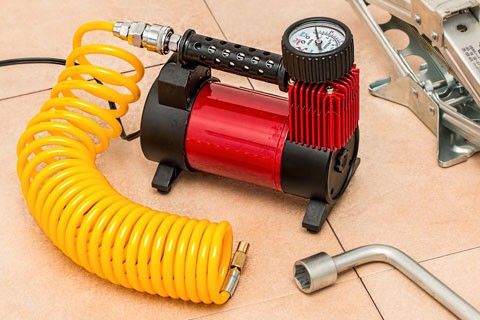Peugeot 107 Tire pressure
Peugeot 107 Reifendruck
Peugeot 107 Pression des pneus
Peugeot 107 Presion de llantas
Peugeot 107 Pressao de pneus
Car tire pressure should be checked regularly, ideally check your wheel pressure on a monthly basis. Check your tire pressure two hours after parking the vehicle.
Be sure you regularly check the health of the valves to ensure a perfect seal, and will provide longer life.
If you want to have your 4 wheels checked, do not forget to check the pressure of your spare tire.
In winter, when the temperature is cold, it is sometimes advisable to boost the inflation pressure.

Disclaimer: We cannot and do not guarantee that the material on this website is absolutely current and accurate, despite the fact that every effort has been made to keep it as current and correct as possible. This website’s content is delivered on a “as is” and “as available” basis. You agree that your use of the platform is at your sole risk. We disclaim any and all warranties.
There are several options for checking or inflating your tires: visit a qualified professional, use the inflation devices provided by some gas stations/washes, or invest in a compressor with inflation gun.
The majority of faulty tires are the result of inadequate tire pressure control. To ensure improved grip and protection, car makers prescribe a specific pressure for each model.
Peugeot 107 Where to find information related to pressure
The recommended pressure varies depending on the car type. It is sometimes stated in the owner’s manual, on the edge of the door, or on the fuel tank handle. It is expressed in the form of two numbers, in units of bar, usually about 2. The first number represents the pressure in the front tyres, while the second represents the pressure in the rear tires.
Depending on the car load, the tire pressure can vary. Thus, the recommended pressure for a loaded vehicle should be added to 0.2 bar.
Peugeot 107 How to measure the pressure?
Still calculate the pressure of your tyres while they are cold, as pressure rises when driving on a daily basis.
Always apply the same pressure to both front tires, as well as to both rear tires. Only a front-rear distinction can be made.
Don’t forget to close the valve caps properly as they protect the valve from dirt and dust, thus avoiding any risk of leakage.
When to check the pressure
Tire pressure should be monitored frequently and at strategic times.
Before a long trip, for example, the control is essential to limit the risks of puncture and wear
For daily use, the pressure should be checked every two weeks. Finally, for less regular use, we recommend checking the pressure every month, keeping in mind that a tire is checked when it is cold.
Summer – winter tire pressure
When checking tire pressure, keep in mind that outside temperatures have an effect on the tire’s inside pressure.
It is therefore recommended to add 0.2 bar to winter tires.
It is important that the tire pressure of your car is checked regularly. Uninflated tires can influence your safety in the car by losing grip or reducing braking efficiency.
Furthermore, it has been shown that an under-inflated tire decreases its life expectancy by 20% for every 0.5 bar below the recommended inflation pressure. Under-inflated tires also appear to increase fuel consumption.
Finally, the under-inflated tyre is subjected to excessive stress and can burst while traveling at high speeds.
| Peugeot 107 | |
| 1.0 70 | |
| 155 65 R14 75T | |
| Rear Min. | 2.2 |
| Rear Max. | 2.3 |
| Front Min. | 2.2 |
| Front Max. | 2.3 |
| Peugeot 107 | |
| 1.0 70 | |
| 195 45 R15 78H | |
| Rear Min. | 2.2 |
| Rear Max. | 2.3 |
| Front Min. | 2.2 |
| Front Max. | 2.3 |
Links :
Tire pressure gauge
TPMS